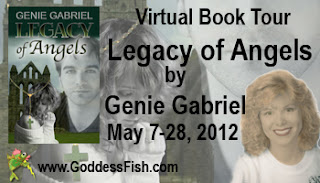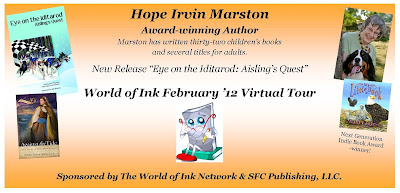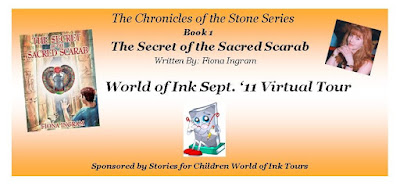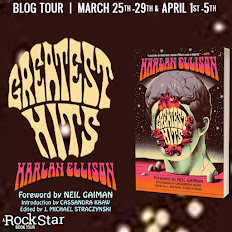When Life Imitates Art
by Ann Montclair
 I plot. I imagine character first then
I write a loose outline detailing the high and low points for my
novel-in-progress. I’m not a pantser (a writer who just starts
writing)—I create an outline and then allow my characters to fill
in the details.
I plot. I imagine character first then
I write a loose outline detailing the high and low points for my
novel-in-progress. I’m not a pantser (a writer who just starts
writing)—I create an outline and then allow my characters to fill
in the details.
I was deep into drafting One Wet
Summer, when I was called home to California to help my mom care
for her mom—my grandma Martinez. She was entering home hospice,
and it was time to say farewell.
The call came on the very same day I
began writing the chapter where Maura Fields, my heroine in One
Wet Summer, is called home to attend to her own grandmother. I
remember seeing MOM appear on the screen of my phone and feeling
irritated at being interrupted while creating a crucial scene. I
answered, heard the news, and a chill traversed my body.
































